Black mold, commonly found on bathroom ceilings, poses a considerable health risk if not dealt with promptly. This type of mold thrives in the wet and humid environment that bathrooms provide, especially on ceilings, which makes its eradication challenging.
One important step in getting rid of black mold in bathroom ceilings is identifying the source of moisture. Mold thrives in damp environments, so it is essential to address any leaks or water damage in the bathroom.
Once the source of moisture is eliminated, the mold can be removed using a variety of methods, including bleach, vinegar, or baking soda.
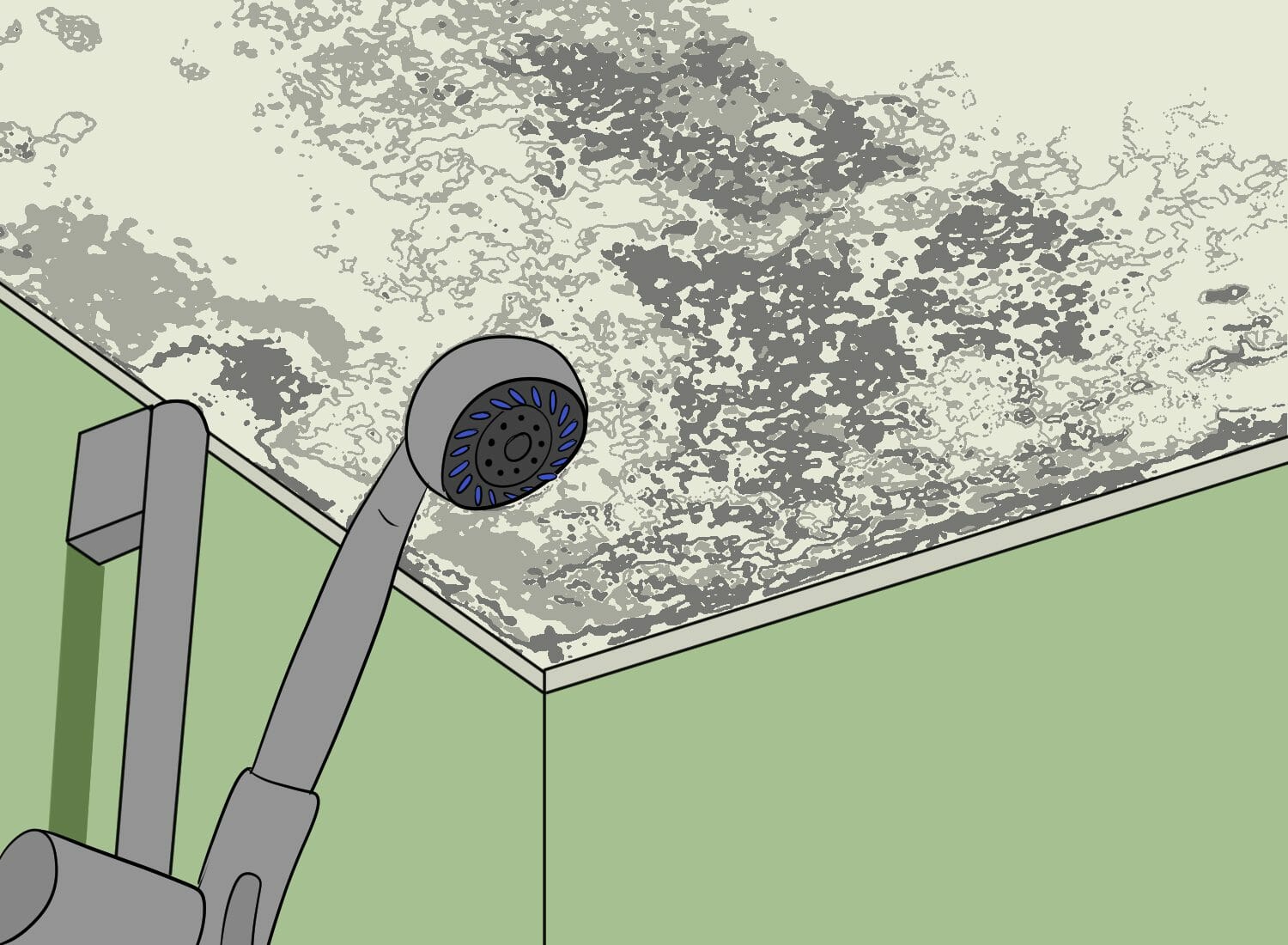
Identifying Black Mold in Bathroom Ceiling
Black mold is a type of fungus that can grow in damp and poorly ventilated areas, including bathroom ceilings.
It is important to identify black mold in the bathroom ceiling as it can cause health problems such as allergies, respiratory issues, and other health complications.
Here are some ways to identify black mold in the bathroom ceiling:
- Visual inspection: The most common way to identify black mold is through visual inspection. Black mold appears as dark spots or patches on the bathroom ceiling. It can also be fuzzy or slimy in texture and may have a musty odor.
- Water damage: Black mold usually grows in areas with water damage. If there is a water leak or a history of water damage in the bathroom, it is likely that there is black mold present.
- Testing: If you are unsure whether the spots on your bathroom ceiling are black mold, you can purchase a mold testing kit.
These kits are available at most hardware stores and can be used to determine the type of mold present on your bathroom ceiling.
It is important to note that not all dark spots on the bathroom ceiling are black mold. Some stains may be caused by other types of fungi or dirt.
However, if you suspect that the spots on your bathroom ceiling are black mold, it is best to take action immediately to prevent further growth and potential health risks.
Materials Needed for Black Mold Removal
Removing black mold from your bathroom ceiling is a task that requires a few materials to be done effectively. These materials can be found in most hardware stores or online. Here are the materials you will need:
1. Protective Gear
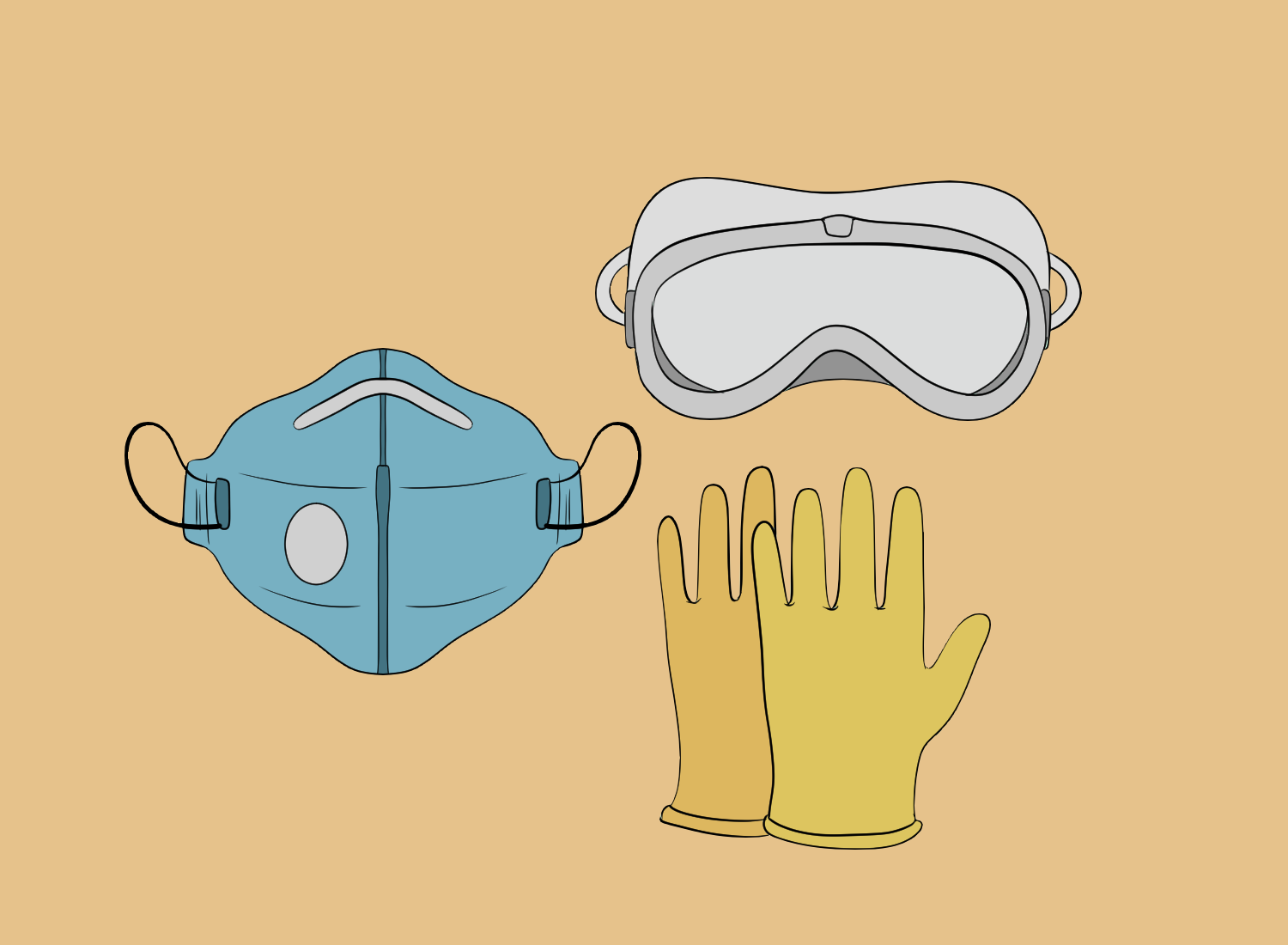
Before you begin the removal process, it is important to protect yourself from the harmful effects of black mold. Wear protective gear such as gloves, goggles, and a respirator mask to prevent inhaling mold spores.
2. Cleaning Solutions
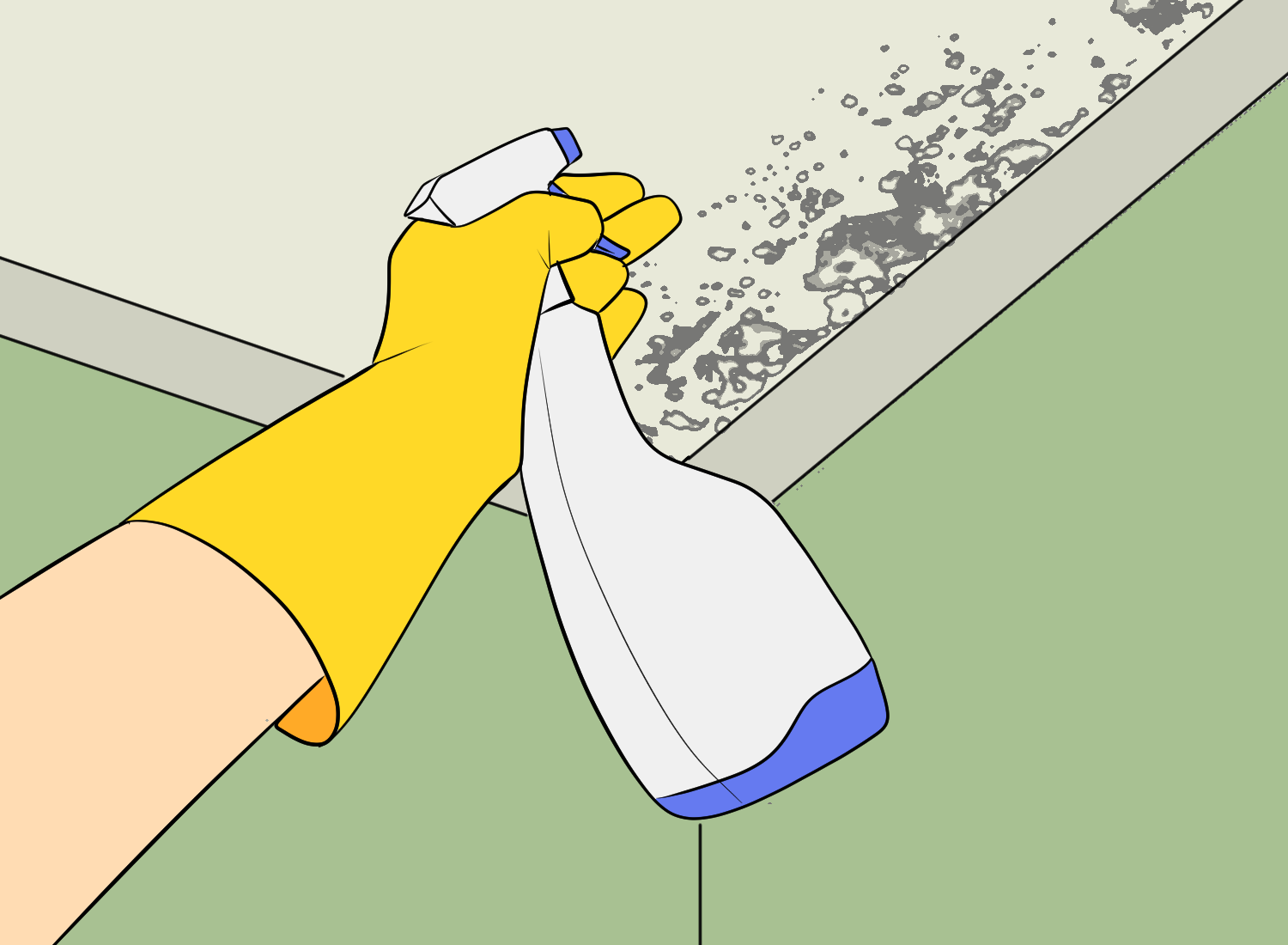
There are several cleaning solutions that you can use to remove black mold from your bathroom ceiling. These include:
- Bleach: Bleach is a powerful disinfectant that can kill black mold on non-porous surfaces. Mix one cup of bleach with one gallon of water and apply the solution to the affected area.
- Vinegar: Vinegar is a natural and effective way to remove black mold. Mix equal parts of white vinegar and water in a spray bottle and apply the solution to the affected area.
- Hydrogen Peroxide: Hydrogen peroxide is a non-toxic and eco-friendly way to remove black mold. Mix one part hydrogen peroxide with two parts water and apply the solution to the affected area.
3. Scrubbing Tools

To effectively remove black mold from your bathroom ceiling, you will need scrubbing tools such as a stiff-bristled brush or a sponge. These tools will help you remove the mold from the surface.
4. Paint
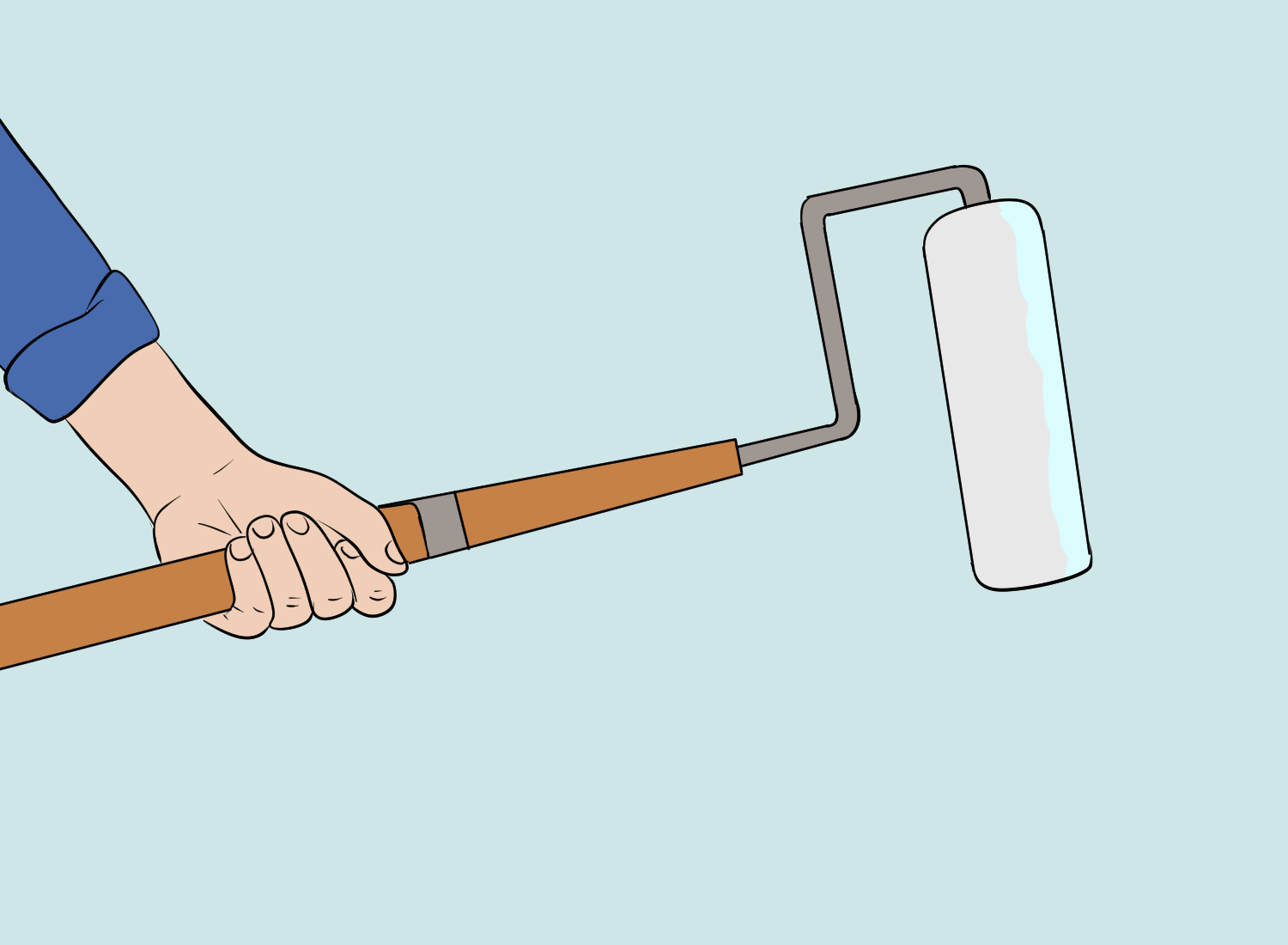
After removing the black mold from your bathroom ceiling, it is important to repaint the affected area to prevent the mold from growing back. Use a mold-resistant paint to ensure that the mold does not return.
Step-by-Step Guide to Remove Black Mold
Removing black mold from your bathroom ceiling is important for your health and the structural integrity of your home.
Here is a step-by-step guide to help you get rid of it:
1. Safety first

Wear protective gear such as gloves, goggles, and a respirator to protect yourself from the harmful spores that can be released during the cleaning process.
2. Identify the source of moisture
Black mold thrives in damp environments, so it’s important to locate the source of moisture and fix it to prevent the mold from returning.
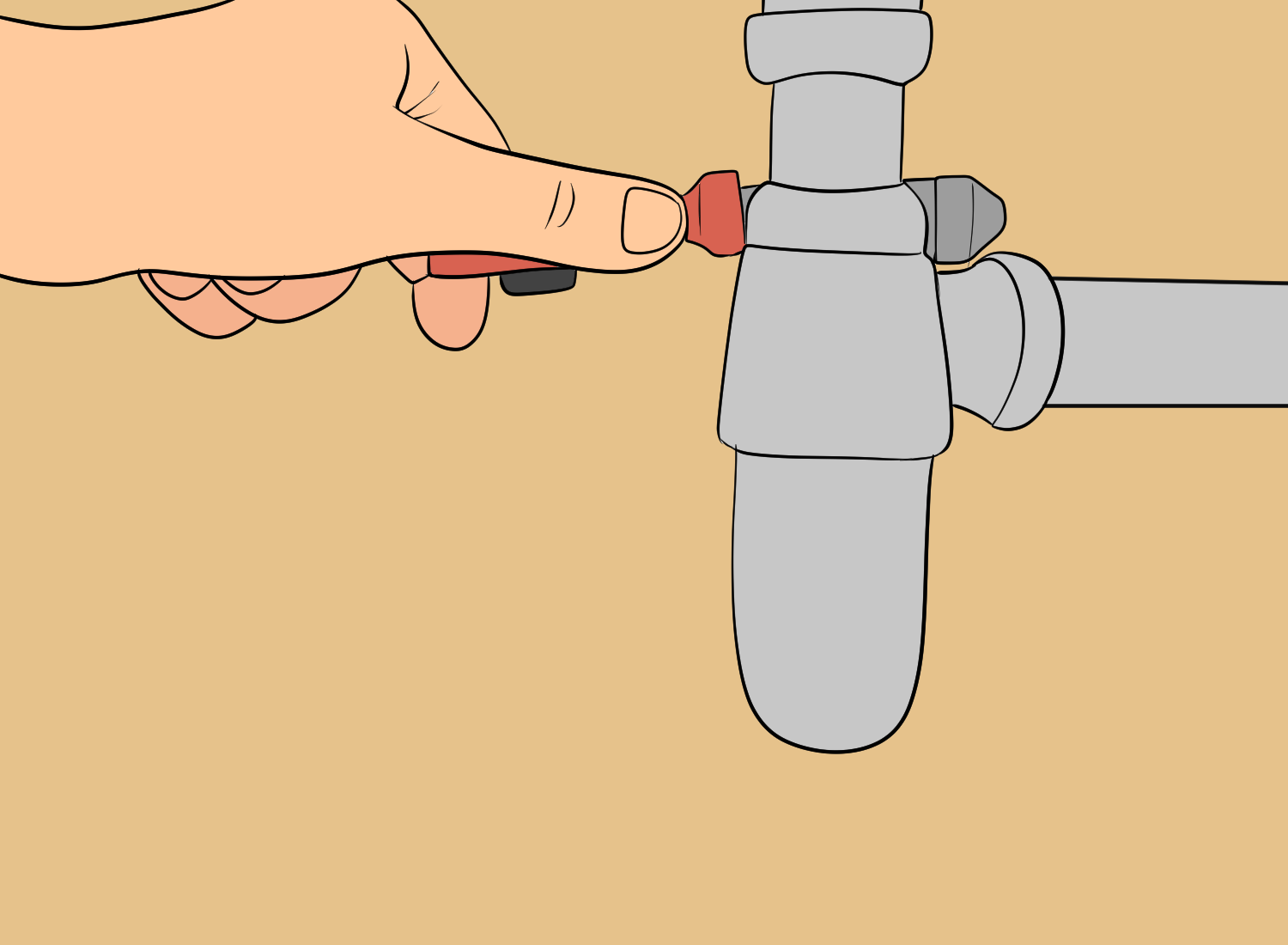
Check for leaks in the roof or plumbing, poor ventilation, or high humidity levels.
3. Prepare the area

Cover the floor and surrounding areas with plastic sheets or drop cloths to prevent the mold spores from spreading. Open windows and doors to improve ventilation.
4. Mix a cleaning solution

Combine one part bleach with three parts water in a spray bottle or bucket. Alternatively, you can use a commercial mold remover that contains hydrogen peroxide or vinegar.
5. Apply the solution

Spray or apply the cleaning solution to the affected area and let it sit for 10-15 minutes.
6. Scrub the mold

Use a stiff-bristled brush or sponge to scrub the mold off the surface. Be sure to clean all visible mold and the surrounding area.
7. Rinse the area
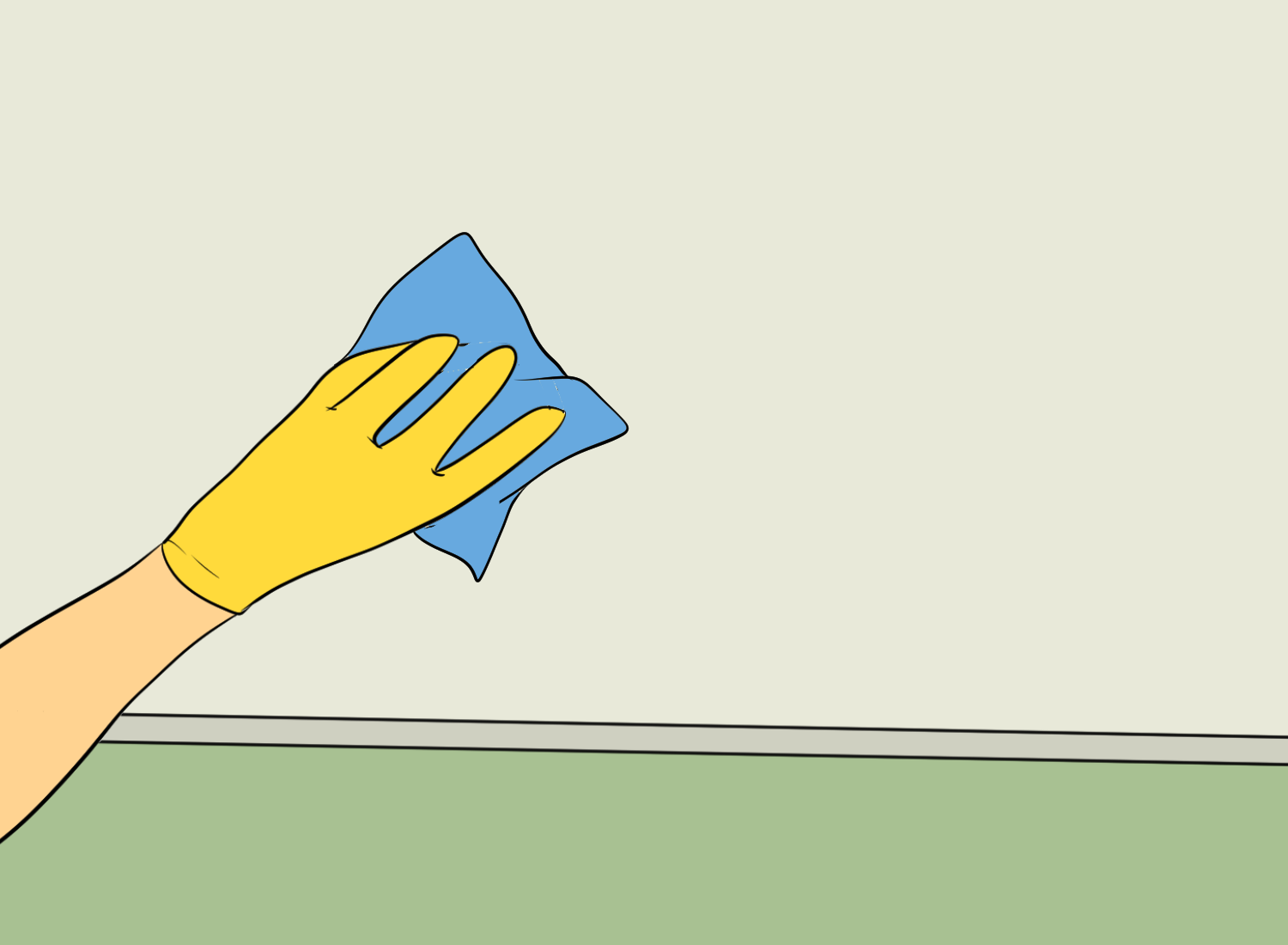
Rinse the area with clean water and dry it thoroughly with a clean towel or fan. Dispose of any contaminated materials in a sealed plastic bag.
8. Prevent future mold growth
Fix any sources of moisture, improve ventilation, and regularly clean and maintain your bathroom to prevent future mold growth.
If the mold is extensive or you have underlying health issues, it’s best to consult a professional mold remediation company.
Causes of Black Mold in Bathroom Ceiling
Black mold is a common problem in many households, especially in the bathroom ceiling. It can be caused by various factors, ranging from poor ventilation to water leaks.
Here are some of the most common causes of black mold in bathroom ceilings:
- High humidity: Bathrooms are naturally humid, which can create a perfect breeding ground for mold.
When the humidity level is high, it can cause water droplets to form on the ceiling, which can lead to mold growth. - Poor ventilation: A poorly ventilated bathroom can also contribute to black mold growth. When there is not enough air circulation, moisture can build up and create a damp environment that is ideal for mold to grow.
- Water leaks: Leaks from pipes, faucets, or the roof can create moisture that can lead to mold growth.
If you notice any water stains on your bathroom ceiling, it’s important to address the issue immediately to prevent mold growth. - Lack of natural light: Mold thrives in dark environments, so a lack of natural light in your bathroom can contribute to mold growth.
If your bathroom doesn’t have a window, consider installing a light fixture that mimics natural light. - Poor cleaning habits: Mold can also grow on bathroom ceilings if they are not cleaned regularly. Soap scum, body oils, and other organic matter can create a food source for mold to grow on.
It’s important to identify the cause of black mold in your bathroom ceiling so that you can take the necessary steps to prevent it from coming back.
By addressing the underlying issue, you can effectively get rid of black mold and keep it from returning.
Health Risks Associated with Black Mold
Black mold is a type of fungus that can grow in damp and humid areas, such as bathrooms, kitchens, and basements. It is known for its dark green or black color and can cause various health problems if left untreated.
Exposure to black mold can cause allergic reactions, respiratory problems, and other health issues. The symptoms of black mold exposure may include:
Sneezing
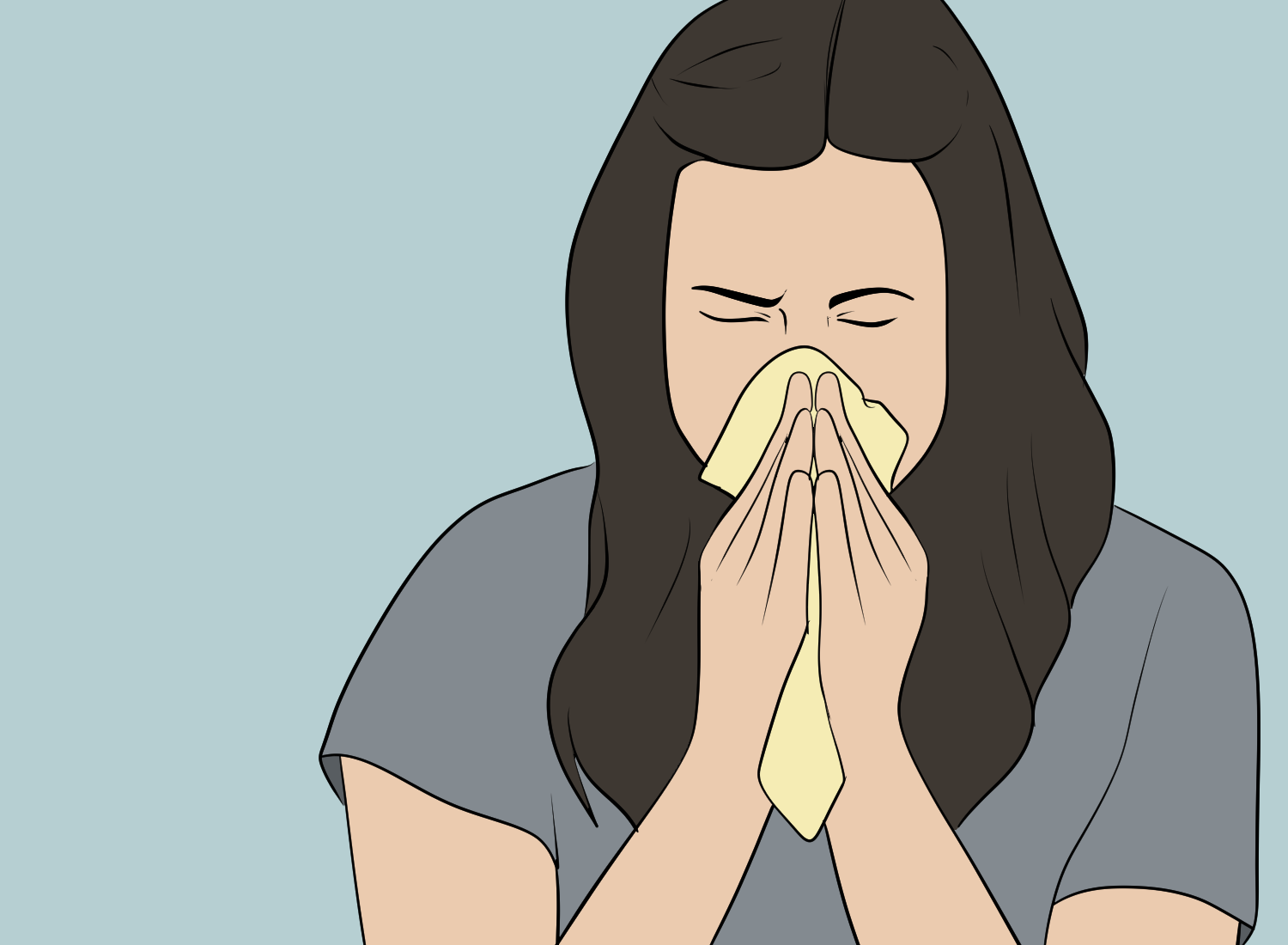
Coughing
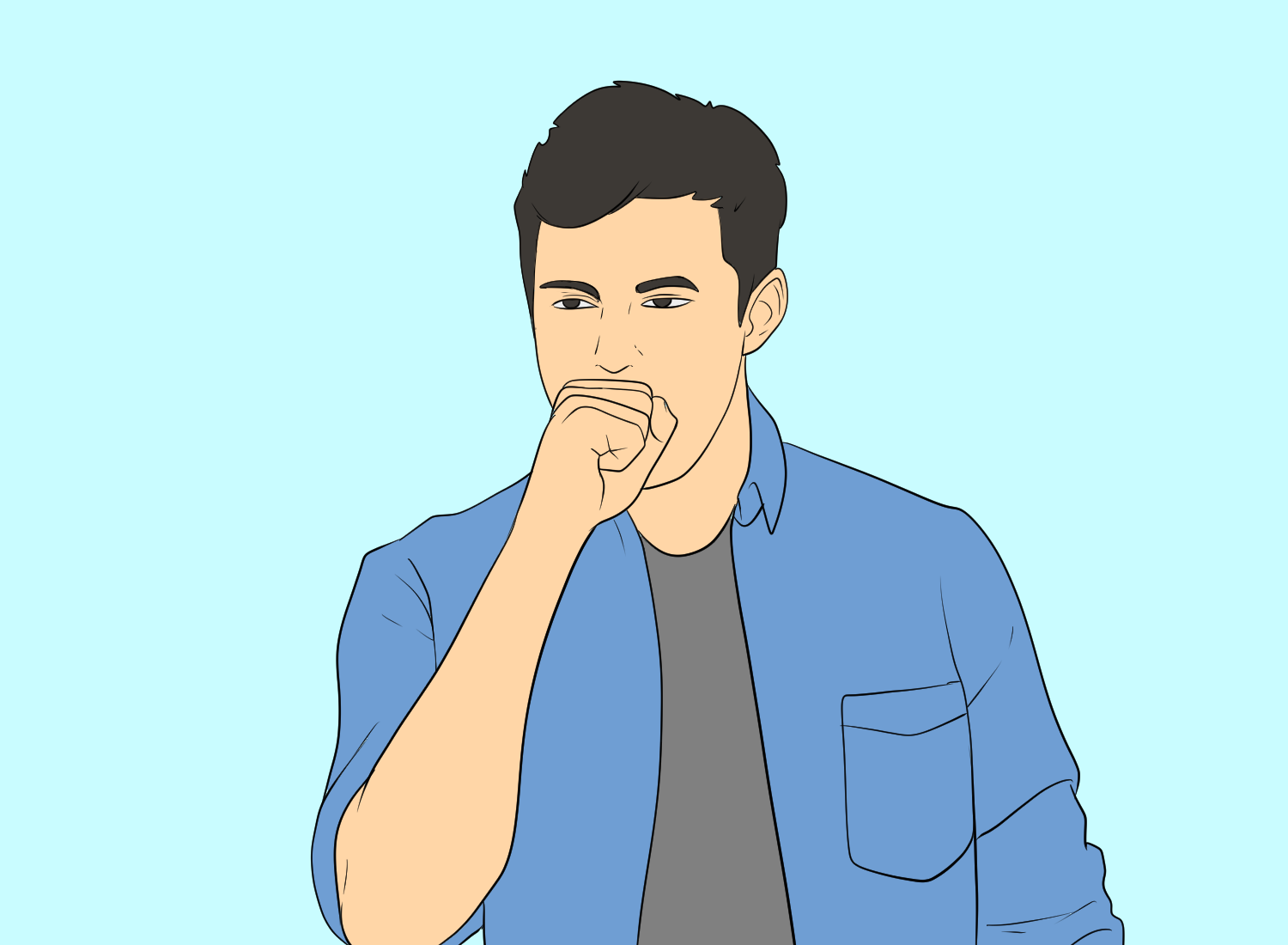
Runny or stuffy nose

Itchy or watery eyes
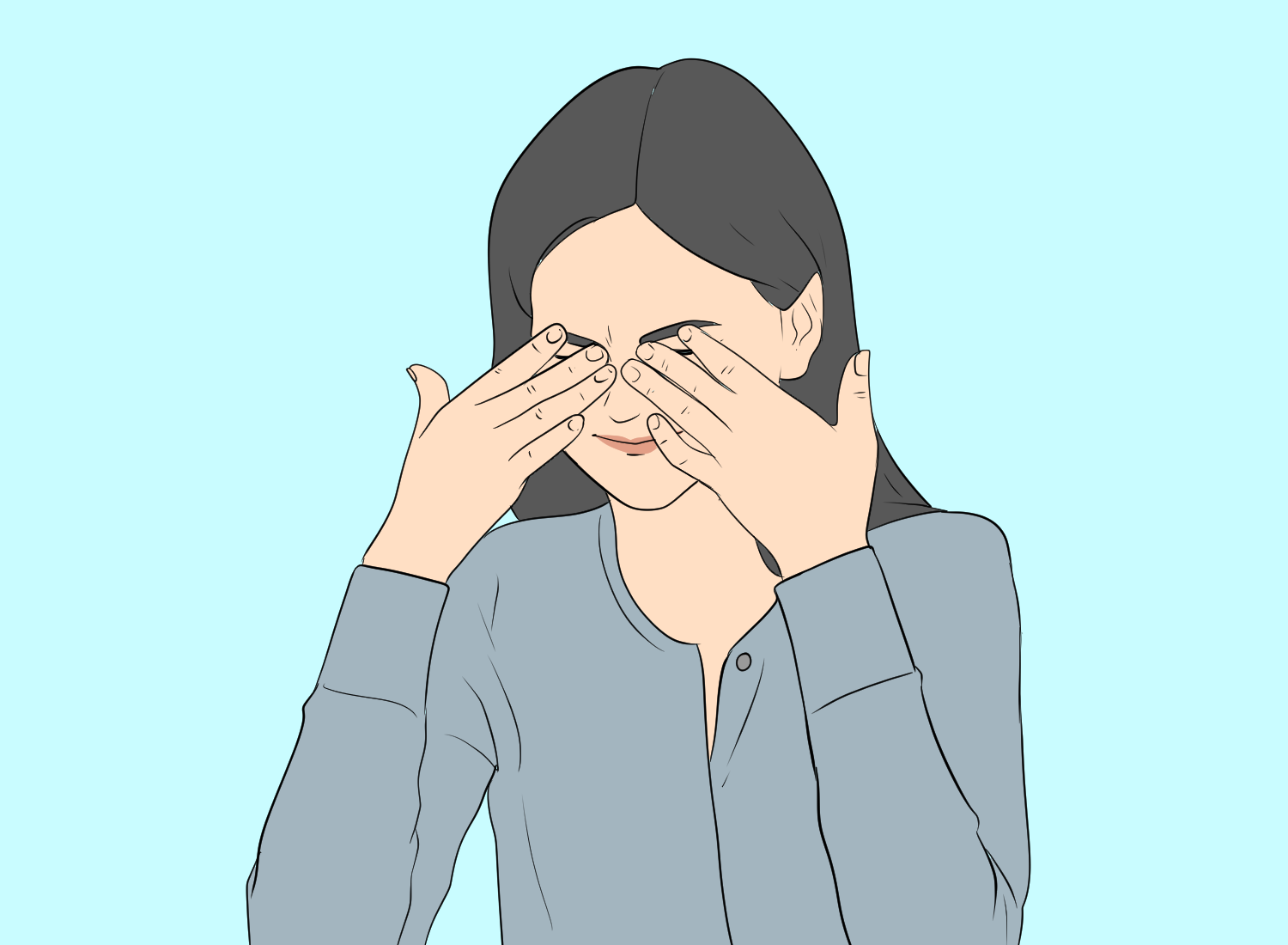
Skin rash or hives

Headache
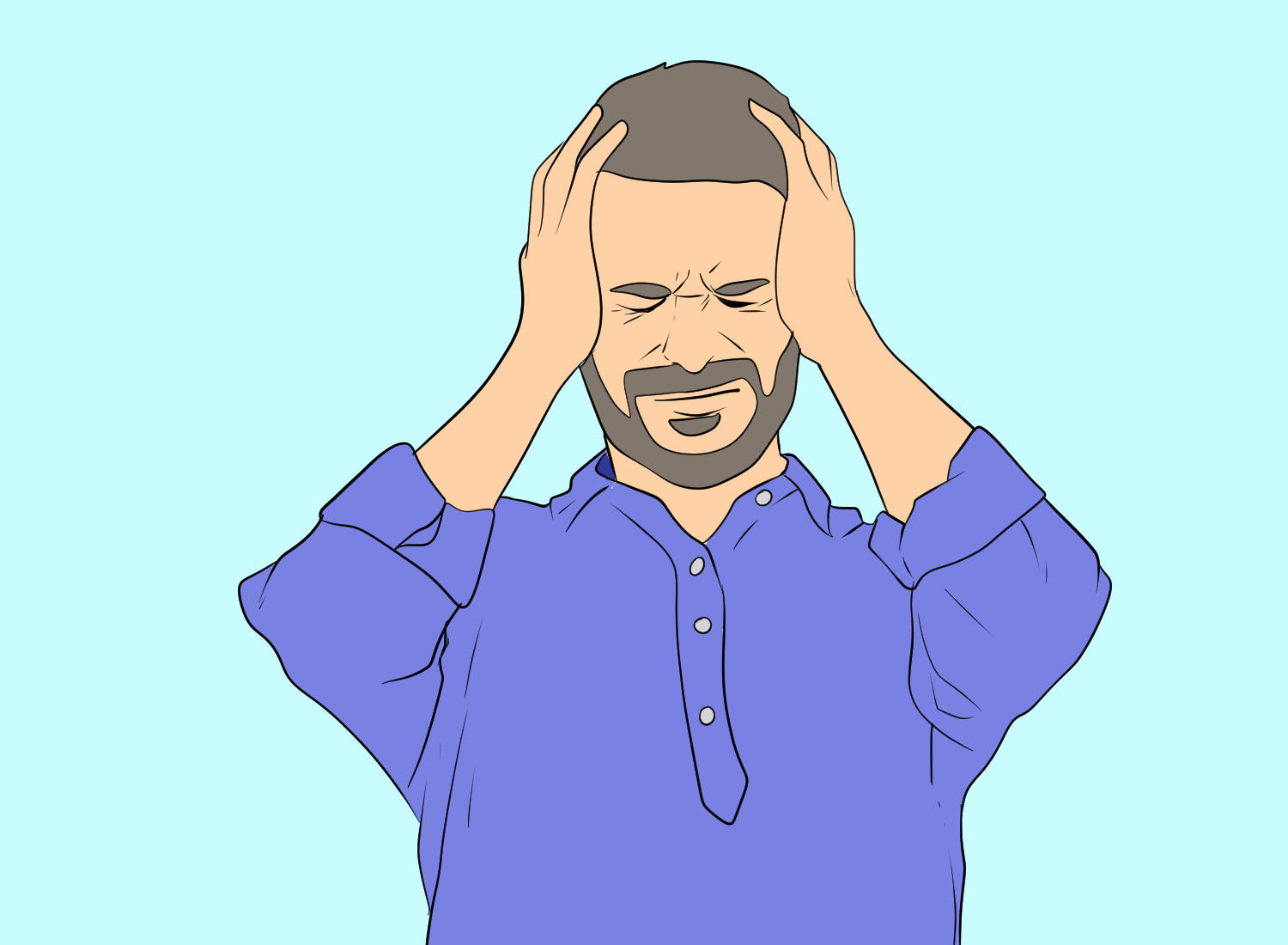
Fatigue
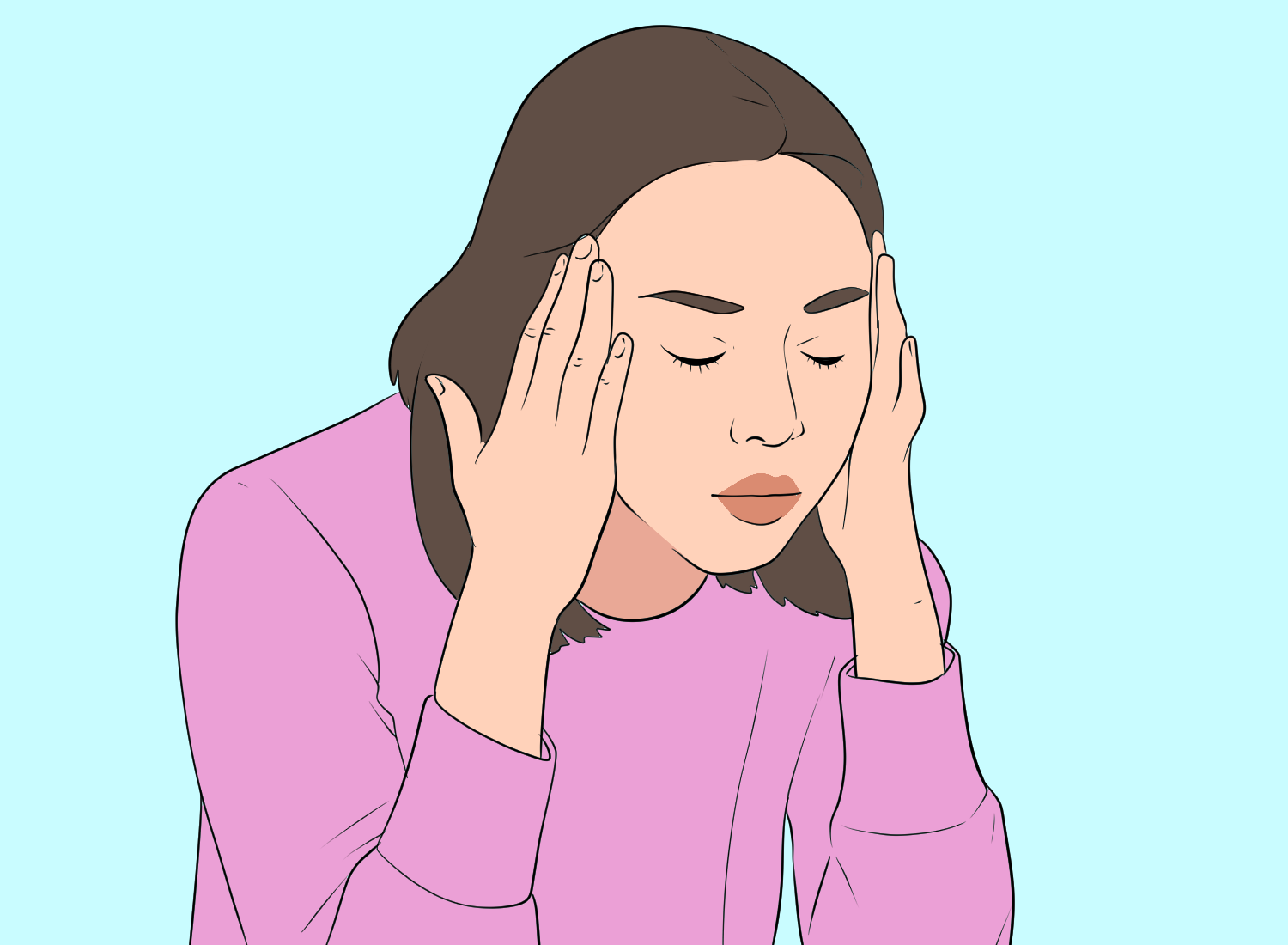
Difficulty breathing
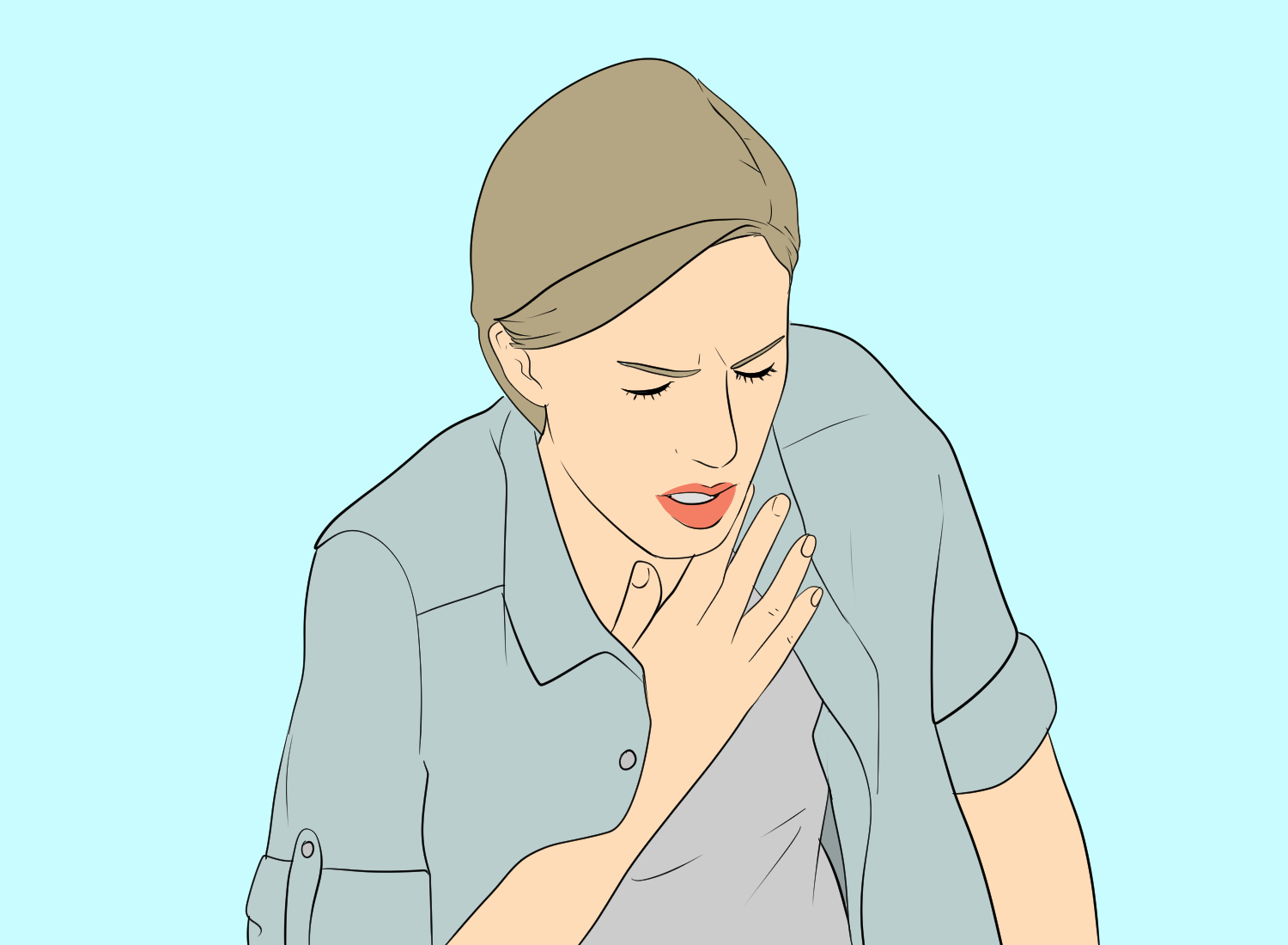
In some cases, black mold exposure can lead to more severe health problems, such as asthma, bronchitis, and pneumonia. Their spores can also cause allergic reactions in people who are sensitive to mold.
People with weakened immune systems, such as infants, elderly people, and those with chronic illnesses, are more susceptible to the health risks associated with black mold.
In addition, black mold can produce mycotoxins, which are toxic substances that can cause serious health problems, including neurological disorders and cancer.
Preventive Measures Against Black Mold
Black mold can be a serious health hazard, so it’s important to take preventive measures to keep it from growing in your bathroom. Here are some tips to help prevent black mold growth:
Control moisture: Moisture is the main cause of black mold growth. To prevent moisture buildup, make sure your bathroom is well-ventilated.
Use an exhaust fan or open a window during and after showering or bathing to reduce humidity levels. Repair any leaks in your bathroom as soon as possible to prevent water from accumulating.
Clean regularly: Regular cleaning can help prevent black mold growth. Clean your bathroom regularly with a mildew-resistant cleaner.
Pay special attention to areas where moisture tends to collect, such as around the shower and bathtub.
Reduce clutter: Clutter can make it difficult to clean your bathroom and can also provide a breeding ground for mold.
Keep your bathroom tidy and organized to make cleaning easier and reduce the risk of mold growth.
Use mold-resistant materials: If you’re remodeling your bathroom or making repairs, consider using mold-resistant materials such as mold-resistant drywall or paint.
These materials are designed to resist mold growth and can help prevent black mold from taking hold.
Professional Mold Removal Services
If you have a serious mold problem in your bathroom ceiling, it may be best to call in a professional mold removal service.
These companies have the knowledge, experience, and equipment necessary to handle mold problems safely and effectively. Here are some reasons you might consider hiring a professional:
- Expertise: Professional mold removal services have trained and certified technicians who know how to identify and remove mold safely.
They can also identify the source of the problem and recommend steps to prevent future mold growth. - Safety: Black mold can be dangerous to your health, especially if you have allergies or respiratory problems.
Professional mold removal services have the equipment and protective gear necessary to handle mold safely and minimize the risk of exposure. - Thoroughness: Professional mold removal services use specialized equipment to detect mold that may be hidden behind walls or ceilings.
They can also clean and disinfect affected areas to prevent future mold growth. - Insurance: Some professional mold removal services offer insurance coverage for their work. This can give you peace of mind knowing that you are protected in case of any future mold problems.
When choosing a professional mold removal service, be sure to do your research and choose a reputable company with a proven track record of success.
Look for companies that are certified by organizations such as the Institute of Inspection, Cleaning and Restoration Certification (IICRC) or the National Organization of Remediators and Mold Inspectors (NORMI).
You should also ask for references and read reviews from previous customers to ensure that the company has a good reputation.
Maintaining a Mold-Free Bathroom Ceiling
Preventing mold from growing in your bathroom ceiling is crucial to ensure a healthy living environment. Here are some tips you can follow to maintain a mold-free bathroom ceiling:
- Proper ventilation: Proper ventilation is key to prevent mold growth in your bathroom ceiling. Make sure your bathroom has a fan and turn it on while showering or bathing. Leave it on for at least 30 minutes after you’re done to ensure proper ventilation.
- Regular cleaning: Regular cleaning of your bathroom ceiling can prevent mold growth. Use a mixture of water and vinegar or a store-bought mold cleaner to clean your ceiling. Wipe down the ceiling with a microfiber cloth or a sponge.
- Fix leaks: Leaks from pipes, faucets, or shower heads can cause moisture to accumulate in your bathroom ceiling, leading to mold growth. Fix any leaks as soon as you notice them to prevent mold growth.
- Reduce humidity: High humidity levels can cause mold growth in your bathroom ceiling. Use a dehumidifier or open windows to reduce humidity levels in your bathroom.
- Remove excess water: Remove excess water from your bathroom ceiling after showering or bathing. Use a squeegee or a towel to remove excess water from the ceiling.
By following these tips, you can maintain a mold-free bathroom ceiling and ensure a healthy living environment.







